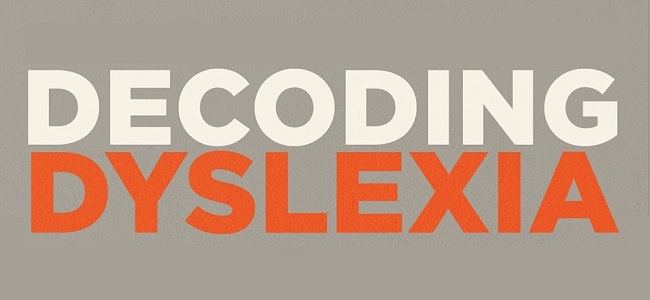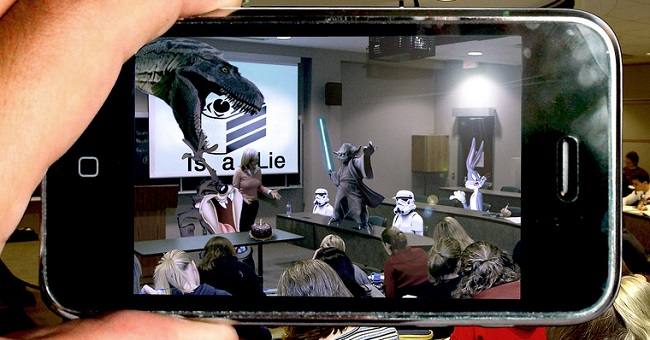What is excellence and how do we achieve it? How can we take the secretarial out of excellence? You may have heard of Ron Berger and Austin’s Butterflies, showing the stages a boy goes through to create an excellent drawing of a butterfly. It’s an uplifting clip, reminding us how we need to teach our students the drafting process in the pursuit of excellence.
Over the years I’ve taught and supported quite a number of pupils with Autism Spectrum Condition (ASC). I found frequently that a very easy tool to use to aid the development of social skills is social stories. They are a strength-based teaching strategy that helps to develop greater social understanding by providing a visualised plan of a chain of events or situation. The plan or time-frame can be in the form of pictures, sketches, stick figures, comic strips, simple text or photographs. Social stories were created by Carol Gray in 1991 “to help teach social skills to people with autism. They are short pictorial descriptions of a particular situation, event or activity, which include specific information about what to expect in that situation and why.” (The National Autism Society)
Hearing solutions company, Conversor has launched a new brand for its voice recording apps and edit suite family of products. The Notetalker website uses a simple user interface to share their innovative recording solutions. These apps allow students to record classes, with the ability to bookmark or tag important information with a simple bookmark or a text description. The software is easy to use and organise, and both filenames and folders can be made or changed at any moment. With these features, Notetalker apps are particularly useful for SEN students.
Many years ago a headteacher, of long standing, said to me that ‘children do not suffer from depression’. This of course is not true, and was a rather naïve statement to make. Although to be fair, mental health conditions weren’t as widely recognised then as they are now. It is now accepted that children and young people can suffer from all manner of stress, depression, loss and anxiety disorders which may affect how they cope on a day-to-day basis, and can result in negative behaviour and thoughts which in turn can impact on their ability to learn and relationships with their peers.

An infographic to explain dyslexia, how it affects people, and what’s being done to combat these effects:
Christmas is extremely motivating for many learners with SEN, and it can definitely be a time to mix learning with fun (good teaching should always be perceived by pupils as fun). Innovative uses of technology bring education alive and create a positive climate for learning. Here are my favourite resources for teaching SEN at Christmas:
We’ve been lucky to feature a host of enthusiastic SEN teachers on IMS, all of them fighting to make sure that pupils with such hurdles are afforded an excellent education. Here, freelance musician and music educator Jonathan Westrup discusses what best practice looks like for SEN pupils in music education.

The question posed by that title would no doubt have given many music services professionals the jeebies even a few years back. Put simply, there were not many music teachers out there with the requisite experience and ongoing professional support to address it satisfactorily. And when we use the term ‘SEN’, what do we precisely mean? Is it a group of children with dyslexia in a mainstream secondary? Or a small class of children with PMLD (Profound and Multiple Learning Difficulties) in a special school? They all have a right to an enjoyable, consistent music education but they all need different approaches and equipment to help ensure that happens.
It’s arguable that the area of education that embraces technology the most is SEN. Here, journalist and health specialist Felicity Dryer looks at how Virtual Reality is being used to help pupils with special needs.

The use of Virtual Reality (VR) technology in the special education arena has become an increasingly popular idea over the years, spawning a series of scientific studies to help validate their effectiveness. VR has been used worldwide in a wide range of careers, including the areas of medicine, the military, sports, and engineering for training, collaboration, product design and information delivery purposes.

A community-driven platform for showcasing the latest innovations and voices in schools
Pioneer House
North Road
Ellesmere Port
CH65 1AD
United Kingdom